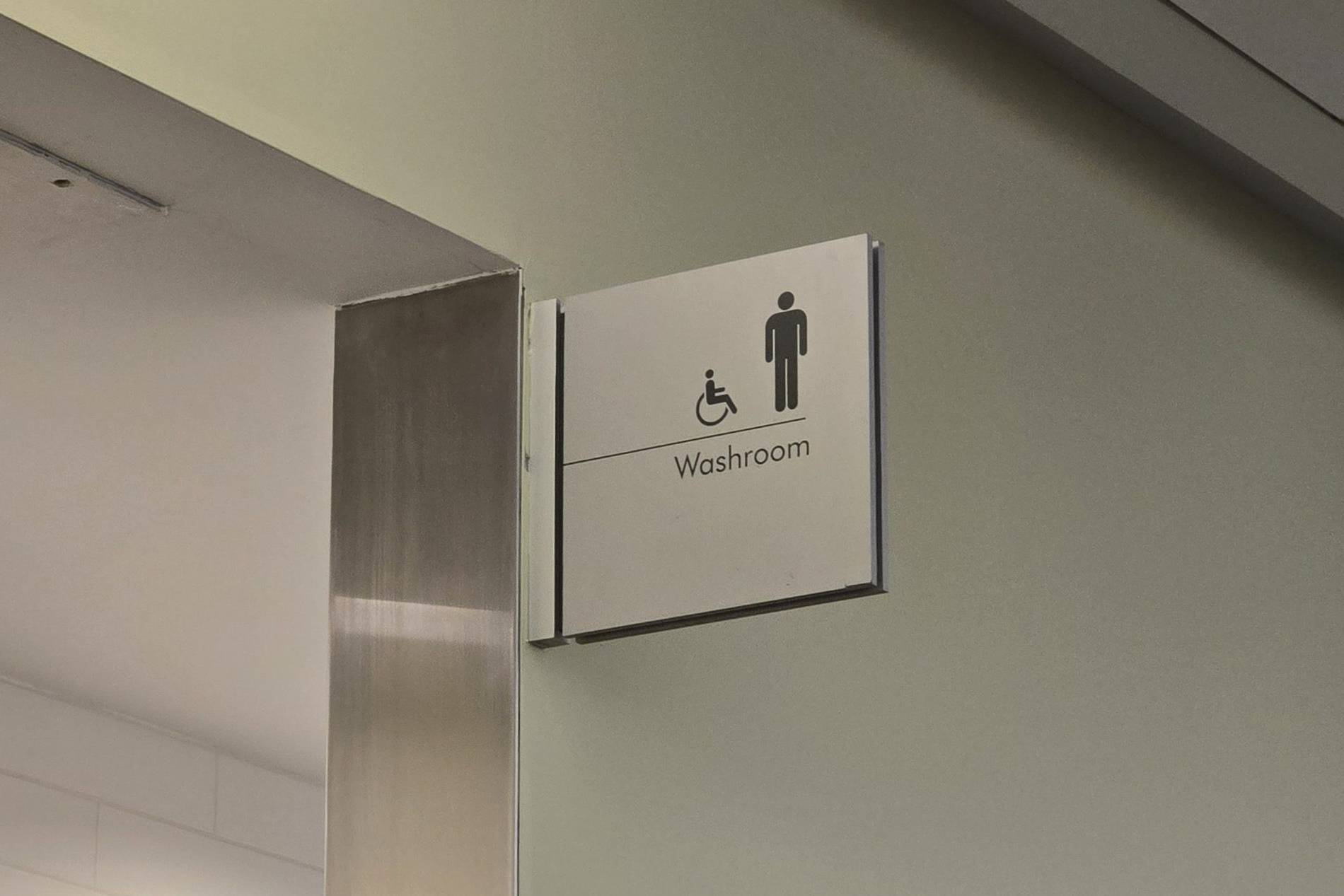Tuition and start-up costs are expensive. Don’t let this upcoming school year stop you from pursuing your studies.
Based on data from Statistics Canada, the average cost of a four-year university degree starting in 2022 is $96,004 for students in residence, or $48,074 for students living at home.
The University of Guelph-Humber says it’s critical to have a clear understanding of the costs and expenses associated with school. In doing so, you will have full commitment for the education you are pursuing.
Third-year student Mackenzie Bondoc at the University of Guelph-Humber says the workload along with the stress of paying for school makes her anxious and worried.
“Having to work in order to keep up with school financially makes me feel stressed all throughout the school year…I often find myself cutting back in order to pay for everything”
Like Mackenzie Bondoc, many students continue to struggle with keeping up financially during the school year often becoming stressed and very anxious. Thankfully, there are many small changes students can make to budget themselves which can save you loads of money over time.
Making Yourself a Budget/ Financial Planner
According to the Financial Consumer Agency of Canada, creating your own monthly budget helps give you a clear picture of what all your monthly costs are.
“Tracking your money will help you figure out what comes in and what goes out of your pocket. Every dollar you spend affects your overall budget.”
Financial CEA Advisor Eric Sutton, from Edward Jones Investments stresses the importance of monthly budgeting especially as a student.
“If you don’t know where your money is going you might as well burn it…it’s the foundation of good money management.”
Sutton also argues many students will struggle financially past undergraduate school if they do not create the proper financial habits and understand financial responsibility.
“If you truly want things in the future, and they can’t budget those things are going to become unattainable…you hear so much talk of people not being able to afford rent etc.”
A simple way students can visually see where their hard earned finances are being spent on is creating a simple spreadsheet. Programs such as Mint or Personal Capital will help track every dollar you spend.
If you discover you are spending more money than what you are earning or what you have, it is an opportunity and sign to reduce spending in certain areas.
Buying Used Textbooks
According to many Universities such as University of Toronto, Guelph-Humber and more, students are encouraged to budget at least $1000 per year on books.
Many students make the error of going to their local campus bookstore and purchasing all new textbooks for their courses.
Simple ways such as renting textbooks, checking Facebook groups, or your local thrift stores can help reduce this cost by half or more like it did for Western University student, Brent Salimi.
“Finding the majority of my textbooks in used condition throughout my first three years at Western has saved me tons of money. It also gives me the opportunity to sell them once the school year is over.”
Student Financial Services/discounts
Located inside the University of Guelph-Humber, students are able to meet and speak with student financial services for help to ensure they understand what cost is associated with their University education. They will also help connect you with resources such as the Ontario Student Assistance Program to help finance your education.
There are many discounts/rewards available to students such as the renewable entrance scholarship that is based on students’ grade average when they come into the university and is available to students all the years that they are at Guelph-Humber, provided they maintain a certain average. The scholarship ranges from $2,000 for a 75.0 – 79.9 per cent average, to $5,000 for a 90.0% average.
| Renewable Entrance Scholarship | |
| Admission Average | Scholarship Amount |
| 90.0+ % | $5,000 |
| 85.0 – 89.9% | $4,000 |
| 80.0 – 84.9% | $3,000 |
| 75.0 – 79.9% | $2,000 |
Included in the cost of tuition, students are eligible to get a student ID card which can offer them discounts or free services all around the city. For example, students can present a clerk with their ID card to save money on transportation fares for TTC, Miway, and others. Students also have the opportunity for discounts on educational tools like a laptop (varies from company to company).
Many financial advisors say students will reach out for help or start to budget when it is too late and they find themselves strapped for cash. Knowing the resources that are available will only benefit students to budget themselves accordingly and relieve that financial pressure many face today.




